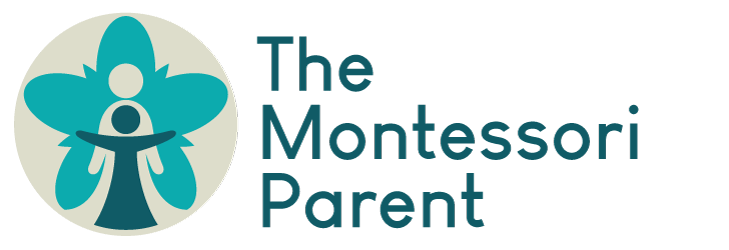
Integrating Technology with Real-Life Learning
“What purpose would education serve in our days unless it helped man to a knowledge of the environment to which he has to adapt himself?” Maria Montessori
The Montessori Method emphasizes the importance of providing hands-on, real-life experiences for a child’s optimal development. Children learn primarily through their sensory interactions with their environment. Through physical exploration, manipulation of objects, and real-life exchanges, children develop a relationship to the world around them.
We are living in a time in which the use of technology has become a major aspect of how many people exist in the world. Statistics show that in 2020, 63.2% of the world population uses the internet. According to the U.S. Department of Education, in 2015, 94% of children ages 3 to 18 had a computer at home, while 61% of children ages 3 to 18 had access to the internet.
The NAEYC (National Association for the Education of Young Children) stresses the necessity for children to develop core competencies in technology and computer use. Furthermore, the International Society for Technology in Education (ISTE) postulates that these basic skills in technology operation should be developed by the age of five.
It is apparent that the integration of technology into home and learning environments has become an inevitable development. It makes sense to learn ways to balance your child’s use of technology with real-life learning experiences.

“Research has moved beyond the simple question of whether computers can help young children learn. We know that they can. We now need to understand how best to use computers to aid learning and what types of learning we should facilitate with computers. Obviously, we do not believe that every use of technology is appropriate or beneficial. The design of the curriculum and that of the social setting are two of many important components in learning.”
Douglas Clements & Julie Sarama, The Role of Technology in Early Childhood Learning
“Considering the method as a whole, we must begin our work by preparing the child for the forms of social life, and we must attract his attention to these forms.”
Maria Montessori
![]()

“Just because the Internet wasn’t invented back when Dr. Montessori was observing children and experimenting with conditions that supported optimal development doesn’t mean that we don’t have Montessori principles to guide us. We can find support for navigating the digital age into which our children were born in the Montessori principles that have guided us for the past century. We will find guidance in our understanding of human development and our understanding of prepared environments for learning and independence. We recognize that our children and adolescents can and will adapt to this digital age by enacting the human tendencies and manifesting the characteristics of each stage of growth. [We must] keep looking back at our core principles even while looking forward to the children’s future, a future changing at an often bewildering rate.”
Elise Huneke-Stone, Montessori’s Vision: A Guide to Supporting Human Development in the Digital Age


